Mindblown: a blog about philosophy.
-
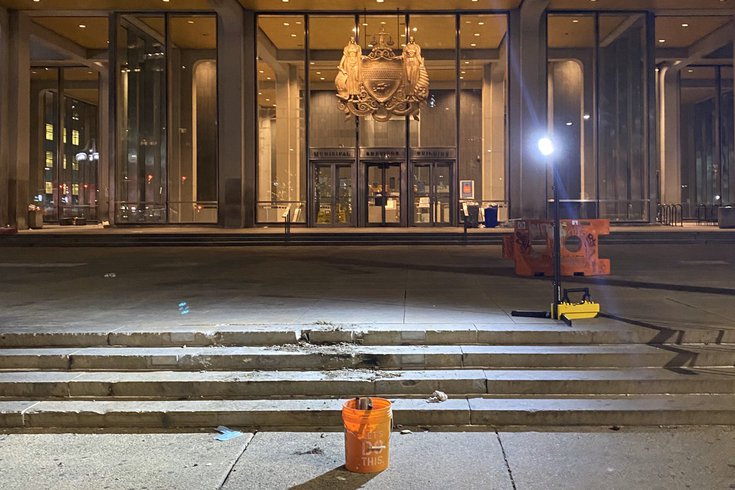
Once More, The Monuments Must Fall
“Black Lives Matter” protestors in the streets after the murder of George Floyd continue to demand that all the monuments must fall because they are part of the apparatus of white supremacy. In Birmingham and Philadelphia they are down. Once more, white art people, this is on us: take down the monuments!
-
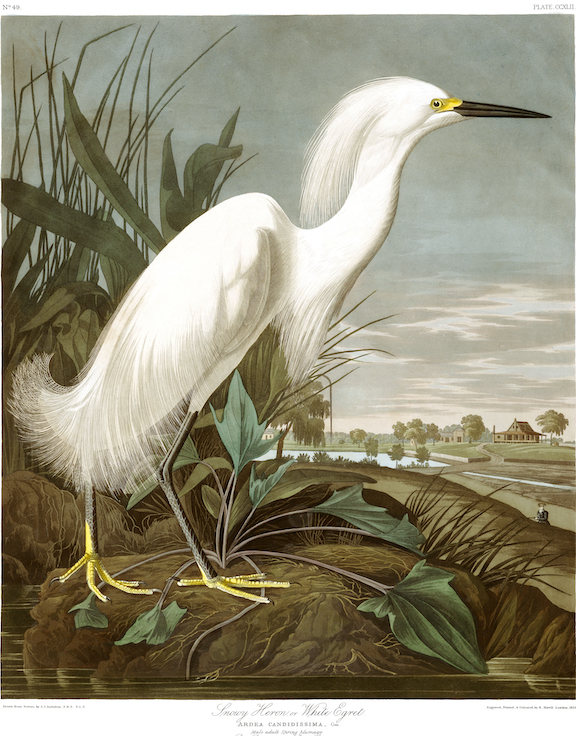
Birds of America
There are many layers to racialized seeing. Some racism lies beneath familiar categories, like popular culture or advertising for decades, only to suddenly (re)activate. Natural history is always there, with its concept of a hierarchy of the human. And, yes, even birds.Audubon’s birds metonymically represent settler colonialism, the Second Amendment, white supremacy, and the invisibility…
-
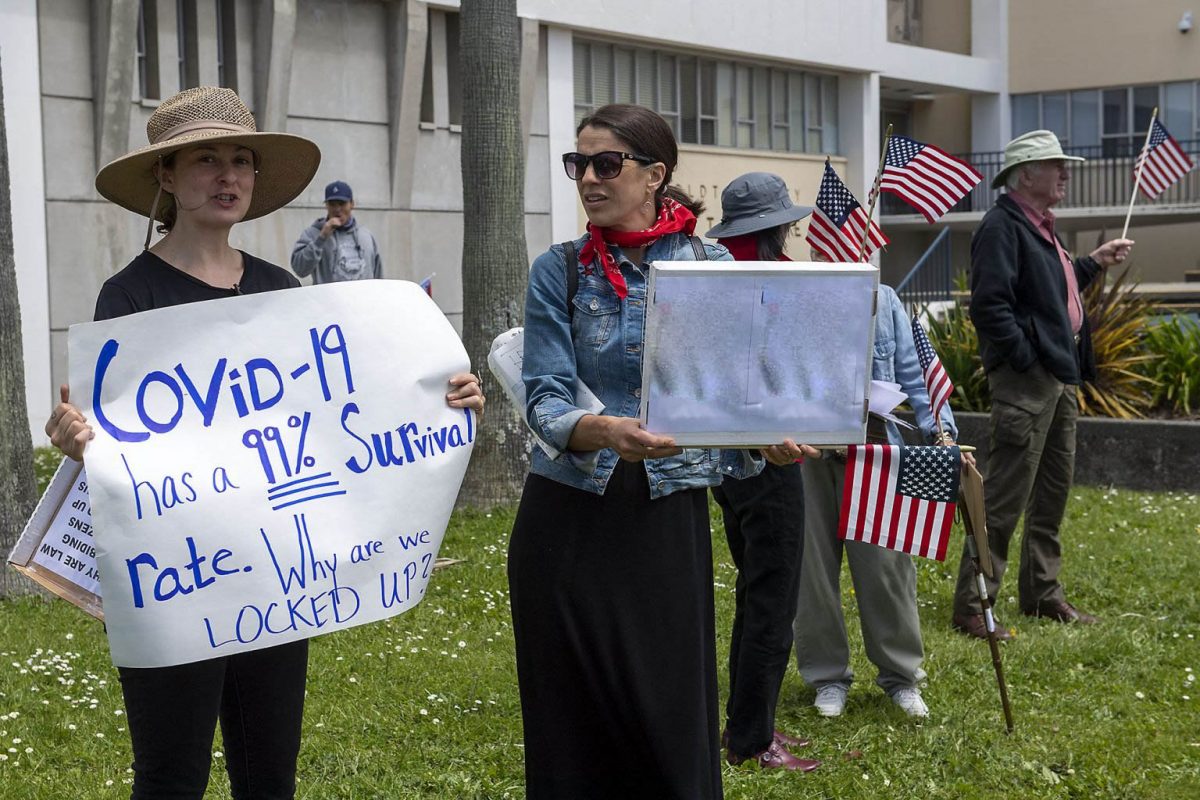
Antifascist visual tactics
There are plenty of people doing fascism right now in visual media. And during the pandemic, the social is media. What are antifascist tactics to disrupt the online fascist wave? No reposting. Whiting out white supremacy. Undermining its claims. And imagining the future.
-
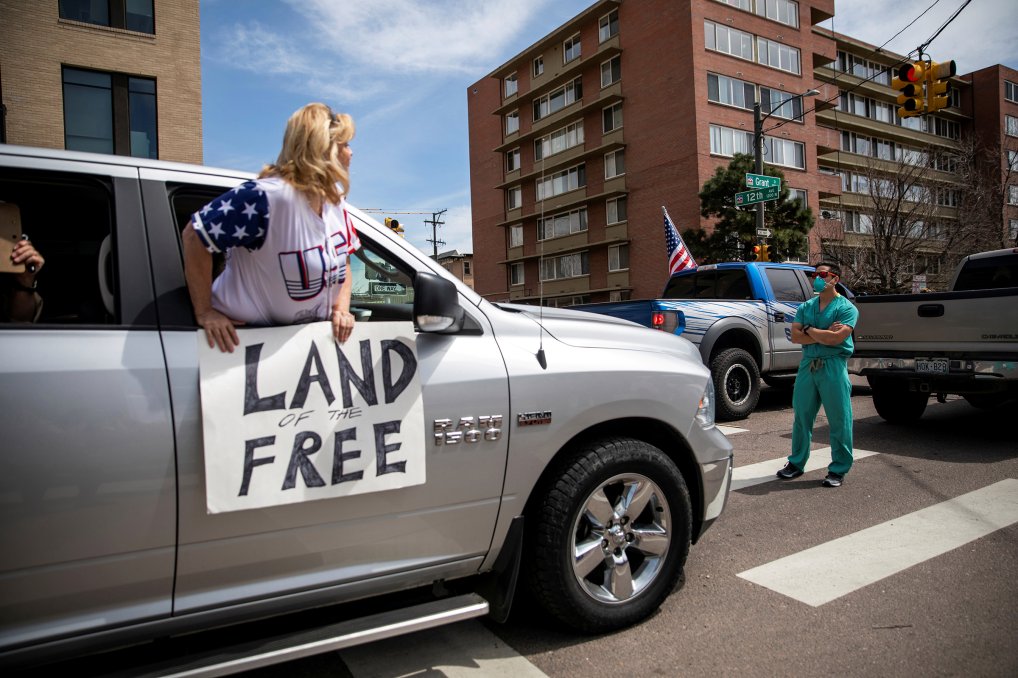
Whiteness, Visuality and the Virus
The corona virus was supposed to be the great equalizer, a leveler of the divides of race, class and gender. Instead, the invisible pathogen has not only made existing inequalities palpably visible, it has weaponized them. In one week in April, the virus has become racialized.
-
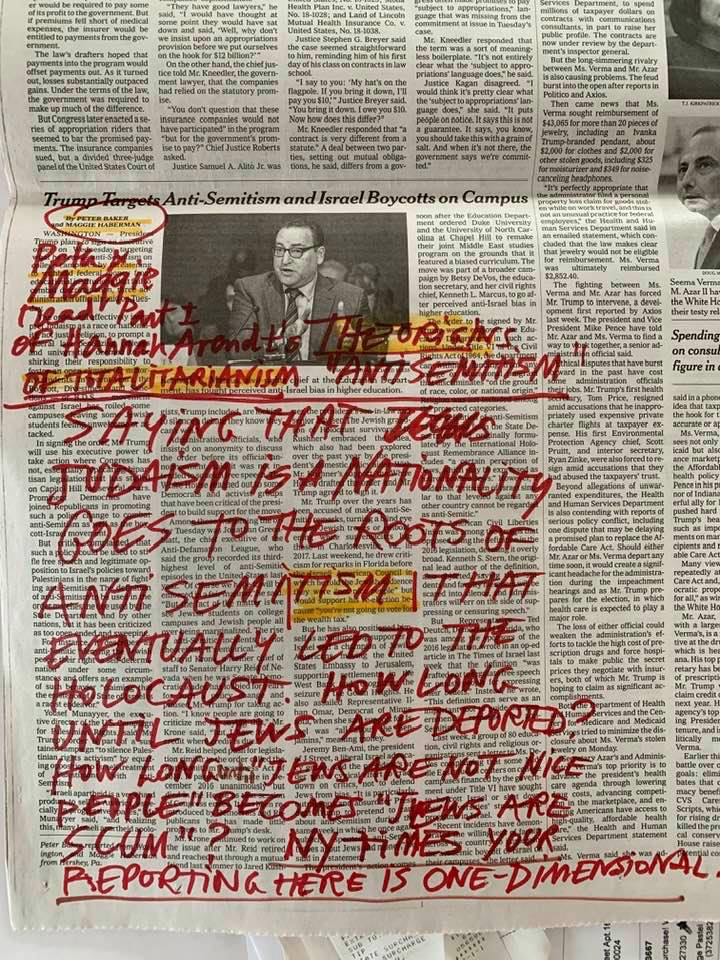
The Jew and the Nationalists
Brexit-Trump nationalism now accuses its opponents of being racist. Not the old racism that it so gleefully parades but a newly invented tradition: anti-Israel racism.
-
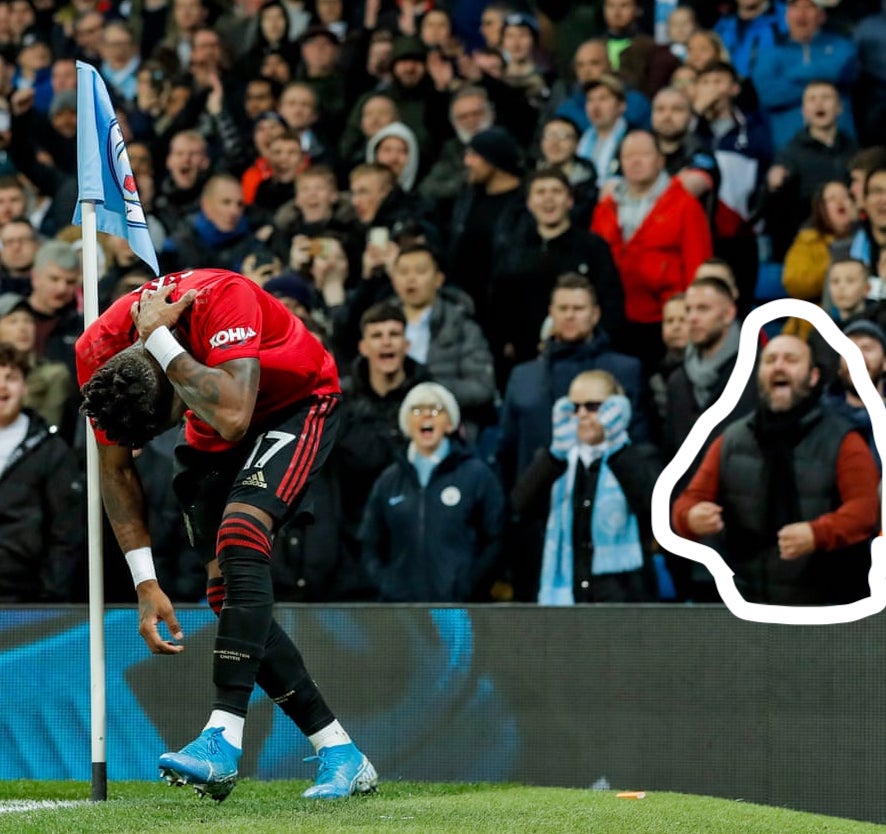
Etihad Man
What does white nationalism look like today? It looks like Etihad Man. A 41 year old ex-soldier in Northern Ireland turned civil engineering manager, whose idea of entertainment is physical and verbal racialized violence at the Etihad football (soccer) stadium in Manchester. He embodies how Thatcherism’s Great Moving Right Show turned into Brexit. On Saturday,…
-
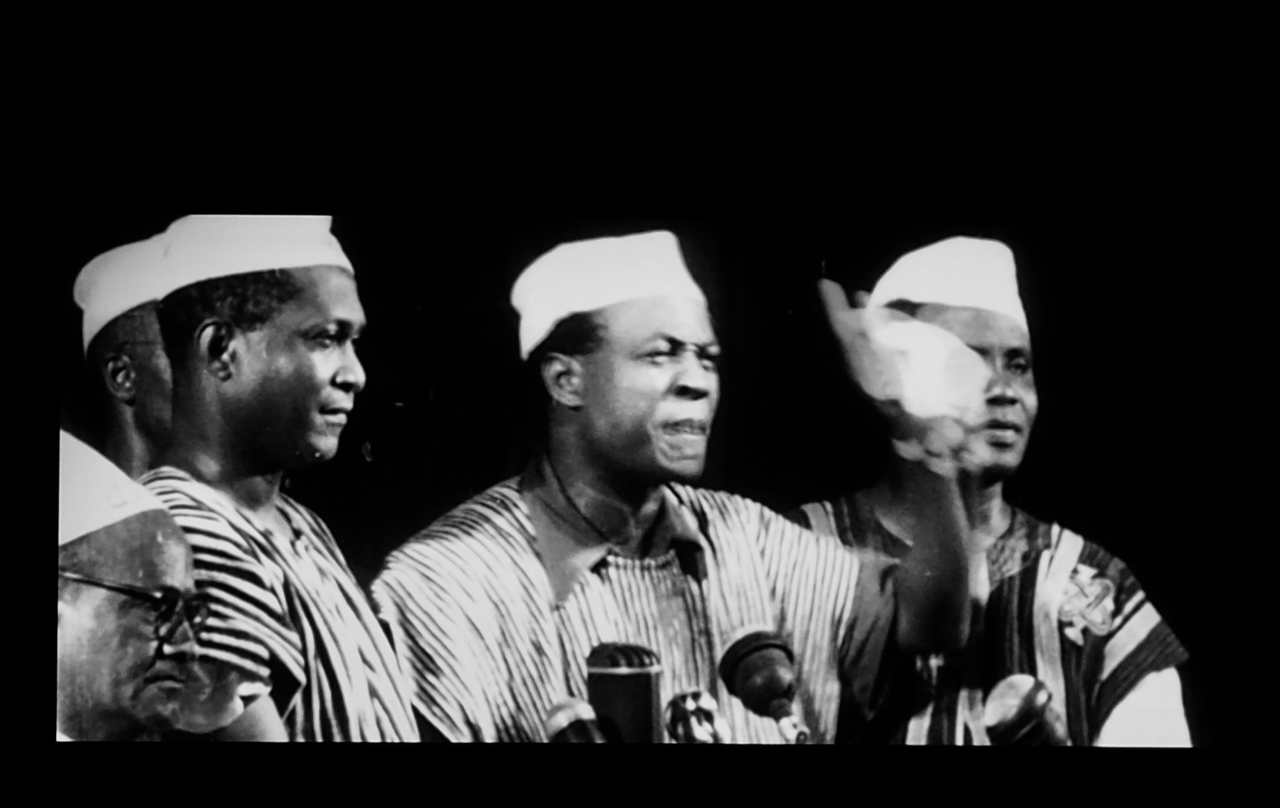
Face Forward
In transfigured night, hear the poet Milton sing “Hail, horrors, hail.” In this disjuncture, in the break and in the wake, the voice of Kwame Nkrumah comes: “We face neither East nor West, we face forward.” We, the would-be decolonized, was his formula in that betrayed beginning of Bandung, whose spirit continues to inspire. His…
-
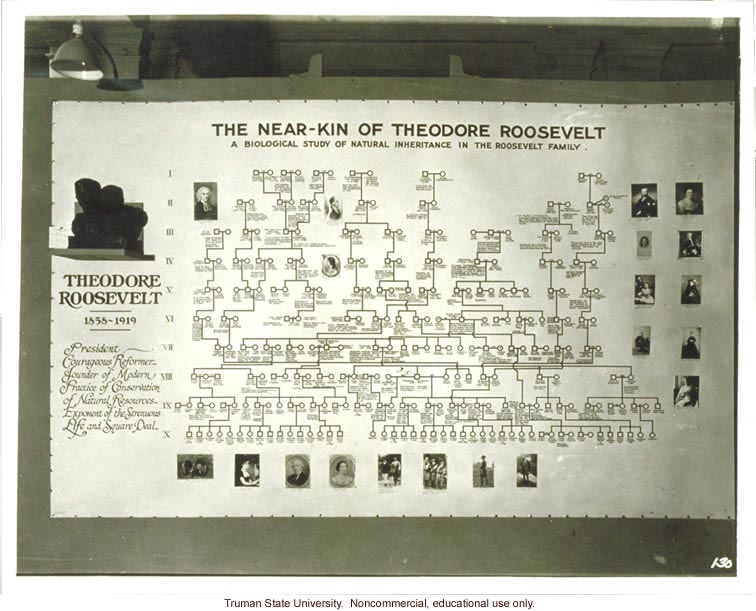
For Anti-Racism: Against NYC’s Monuments Commission
The NYC Monument Commission was a failure. It delivered a hot mess of recommendations for more: more bureaucracy, more signs and “>more monuments. This is called an “additive” policy. Without a commitment to anti-racism and decolonial practice, none of it makes sense. The missed opportunity is that a good faith anti-racist, decolonial project could show people of…
-
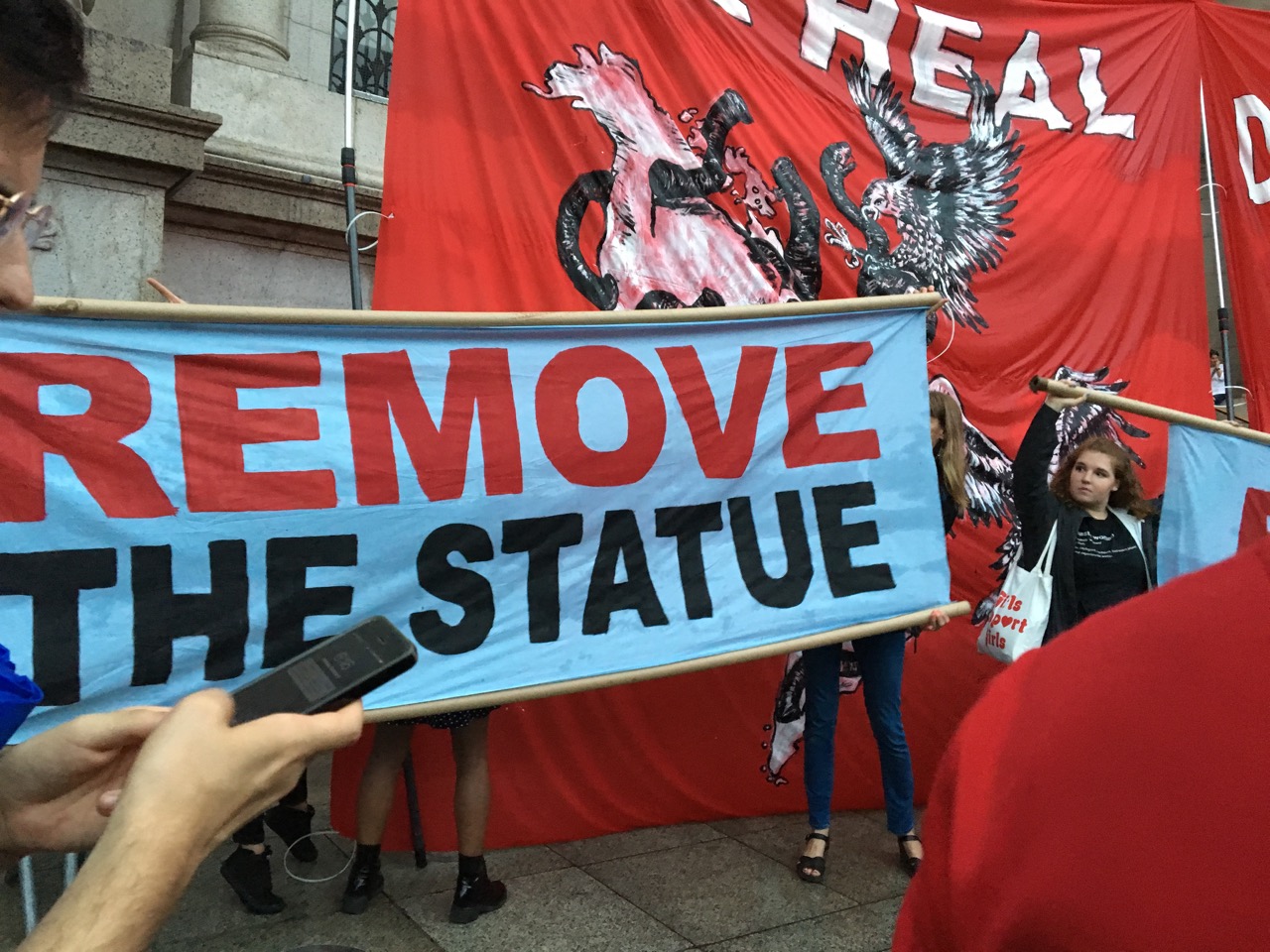
Monumental Questions
Today hearings were held in Manhattan for the Mayor’s Commission on City Art, Monuments and Markers. It was a real New York occasion, with dashes of radical politics, establishment equivocation, blunt force and moments of pure eccentricity. Anyone who wanted could speak for three minutes in randomly assigned slots. Despite being called for the day…
-
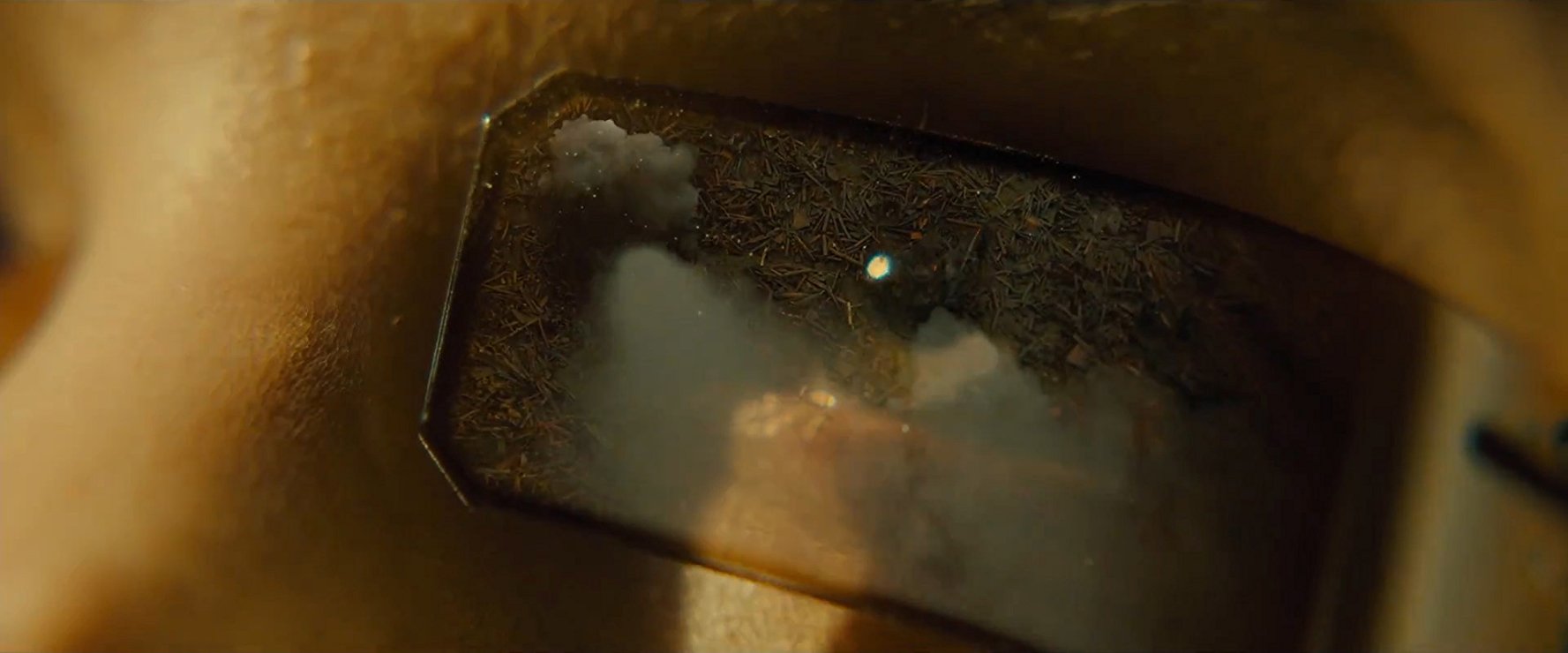
The Misogynist Aesthetics of Visuality
“All hitherto existing visuality becomes aesthetic by being misogynist.” This is the necessary update to my earlier claim that “the right to look ….is very much a feminist project.” Visuality is “masculine” or heroic because it is misogynist. It is that misogyny that enables its claim to legitimacy, that is, to make and embody law.…
Got any book recommendations?